One More Step to Go!
We have also sent a verification link to your email ID:
qabuyer@droom.in
Please verify your email account
The Hayabusa was designed to be the fastest accelerating bike on the planet with its fantastic ability to cheat wind. You can easily spot its bulbous, lengthy shape - even from a distance it’s instantly recognisable. Hayabusa is as famous and awkward looking bike as any. But just how good is this superbike?
On the outside
Before we hop on, let's take a quick look at the bike. Up front, an oversized but shapely mudguard goes right into the headlight cluster which houses a 70mm projector-type high beam that works brilliantly when it’s dark out. The indicators sit flush in the fairing, while the pair of smoothly rounded rearview mirrors work well even at high speeds. The new Busa’s fuel tank sits slightly lower on this bike than the earlier model, while its visor sits 15mm higher, both working together to aid wind protection when a rider is tucked in. The chrome-tipped twin silencers are also smartly flattened. An angular tail fairing section leads into its wide, easily distinguishable LED double-lens taillight and oval turn indicators.
The bike comes with silver-outlined four-pod analogue instruments for the speedometer, tachometer, fuel gauge and temperature gauge. There’s an LCD display on the centre that’s got the bike’s odo and twin trip readings as well as Suzuki’s Drive Mode Selector (S-DMS), which allows you to adjust the engine’s settings while moving. The Busa’s beautifully sculpted, reach-adjustable, buffed alloy clutch and brake levers, comfortable grips and adequate switchgear are bolted onto its clip-on bars. There’s firm grip for the rider’s thighs thanks to the curved fuel tank section, and the saddle is comfortably padded for both, rider and pillion.
This new Busa gains 25.3hp more in terms of peak power over its predecessor, with the motor now making 200hp. The in-line-four, liquid-cooled, four-stroke engine makes maximum torque of 154Nm developed at 6200rpm. This Busa’s six-speed, one-down, five-up shifting transmission is smooth, always precise and positive. Its twin exhausts let out a soft, yet menacing exhaust tone that provides a nice background to its smooth engine.
The new Busa’s hydraulically operated clutch is as good as it gets - it takes no more than a few moments of experiencing the violence of 200hp to understand what a Hayabusa is all about. Once you cross 7000rpm, there is no letup till you hit 11000rpm. The busa gets from 0-220kph in 10.26seconds, 0-200kph in 8.39sec, 0-160kph in 5.84sec and 0-100kph in 3.35sec.
Not that fuel efficiency is a concern on this segment of bike, but our test bike delivered 17.7kpl in the city, and 22.3kpl when zipping on the highways.
From the saddle
The Hayabusa’s riding position is not as radical as an R1-type sportsbike, but it’s not upright either. This big, heavy bike is more of a straight-line performer and hates being flicked around. Although it can be cumbersome to ride, especially in the city, it does offer some degree of comfort, a lot of predictability and surefooted, forgiving handling. Ride quality is impressive with its suspension readily soaking up every road undulation and bump. In terms of straightline stability, the Hayabusa is unshakeable and feels absolutely planted when laying down its brutal power. Braking requires some effort as speeds build up, but is powerful - the Busa stops from 100kph to rest in 40.5 metres, and from 60kph-0 in 14.6 metres.
Is it worth the money?
The Busa’s unbelievable acceleration, surefooted straightline manners and acceptable cornering all come together to make one heck of a motorcycle. Much like its predecessor, the new Hayabusa is for the experienced rider who’s looking to scale the Mt Everest of motorcycling.
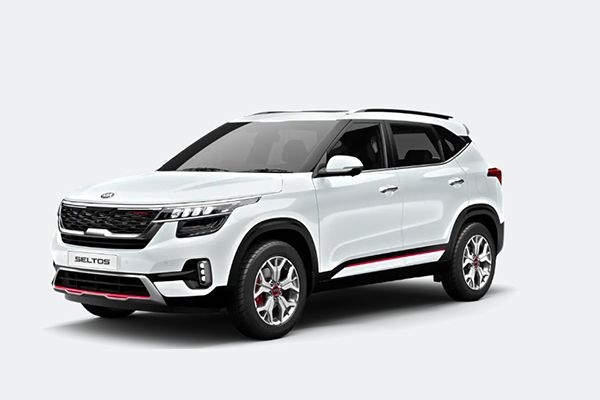
Kia recently unveiled the 2023 Seltos facelift in India, and the bookings for the updated model will start on July 14.
Read More
We drove the Hyundai i20 N Line recently to find out whether it really delivers a sporty experience?
Read More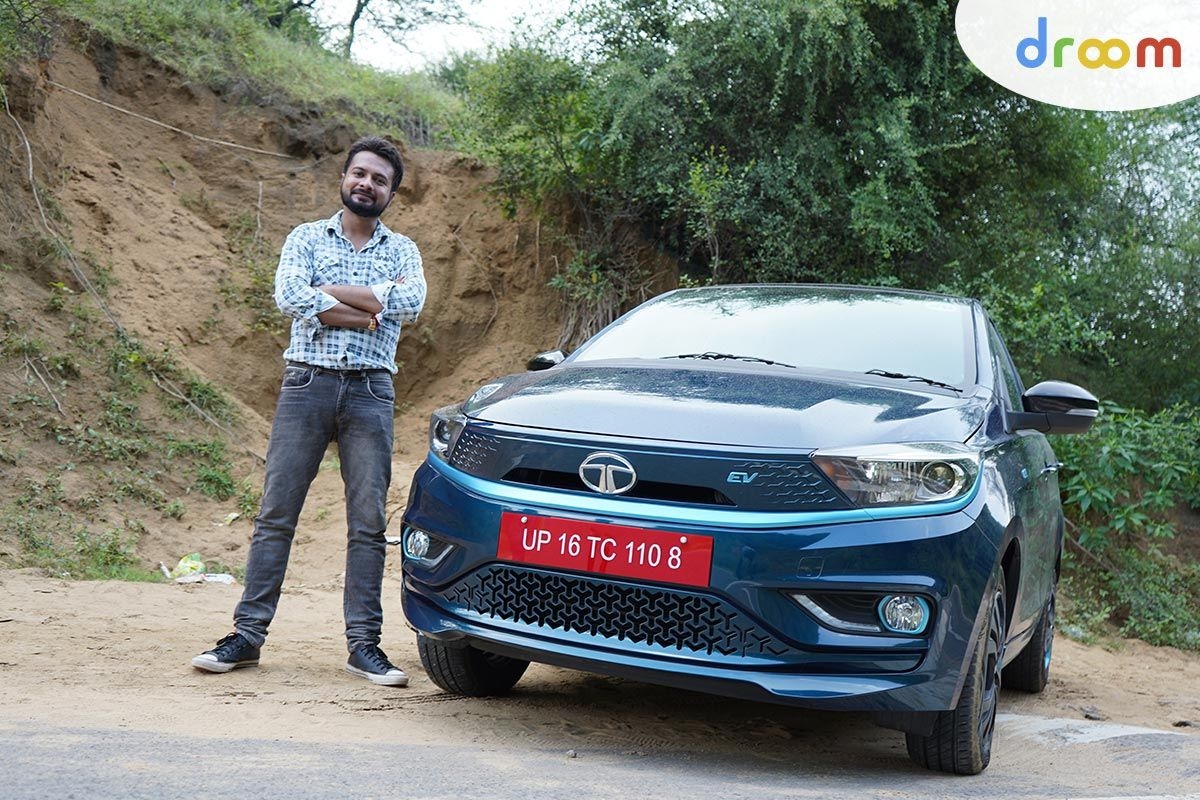
We recently took the Tigor EV out for a spin and we gathered interesting information about it
Read More
Introduced last year at the Delhi Auto Expo, Volkswagen Tiguan All-Space aims to offer more room and an additional row of seats. Can it manage to take away a few chunks from the full-grown SUV pie is what we are here to find?
Read More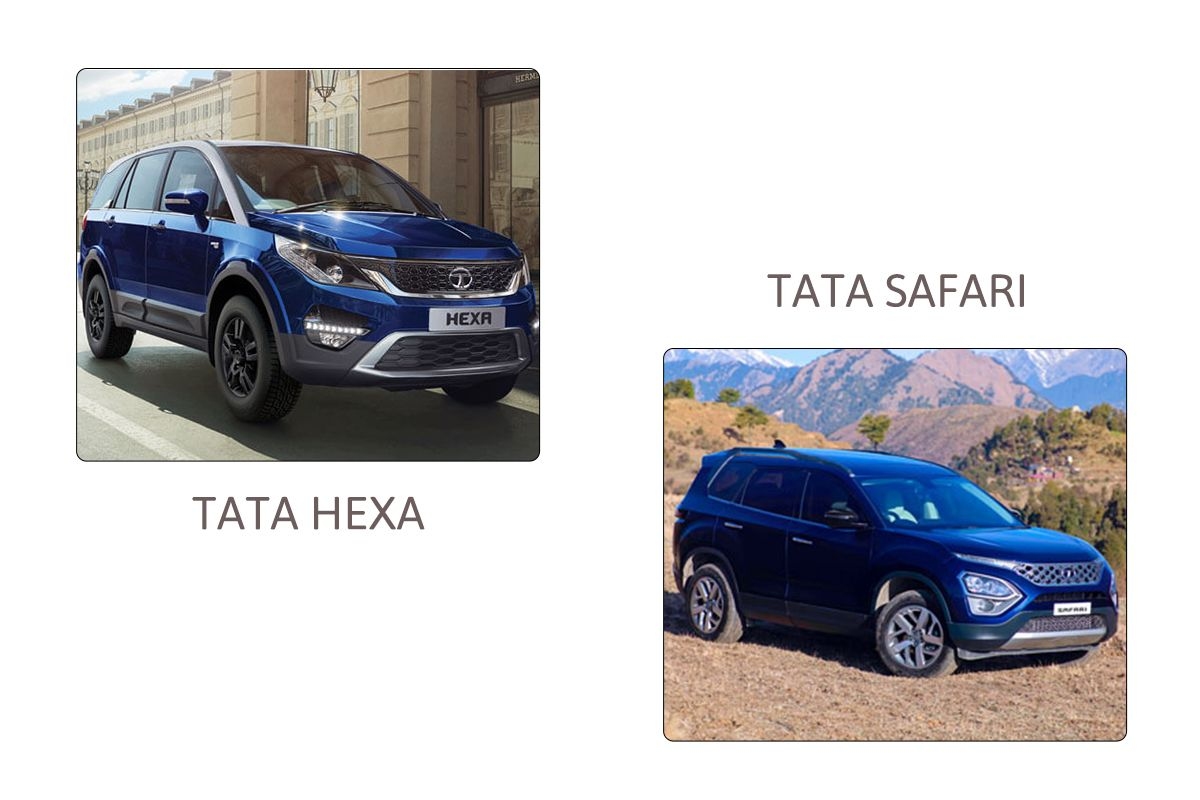
New Tata Safari or Used Tata Hexa: Price, Variants, Features & Engine Specifications
Read More
Toyota Kirloskar Motors last year entered the subcompact SUV space with the Urban Cruiser. What is this new model all about, let us find out?
Read More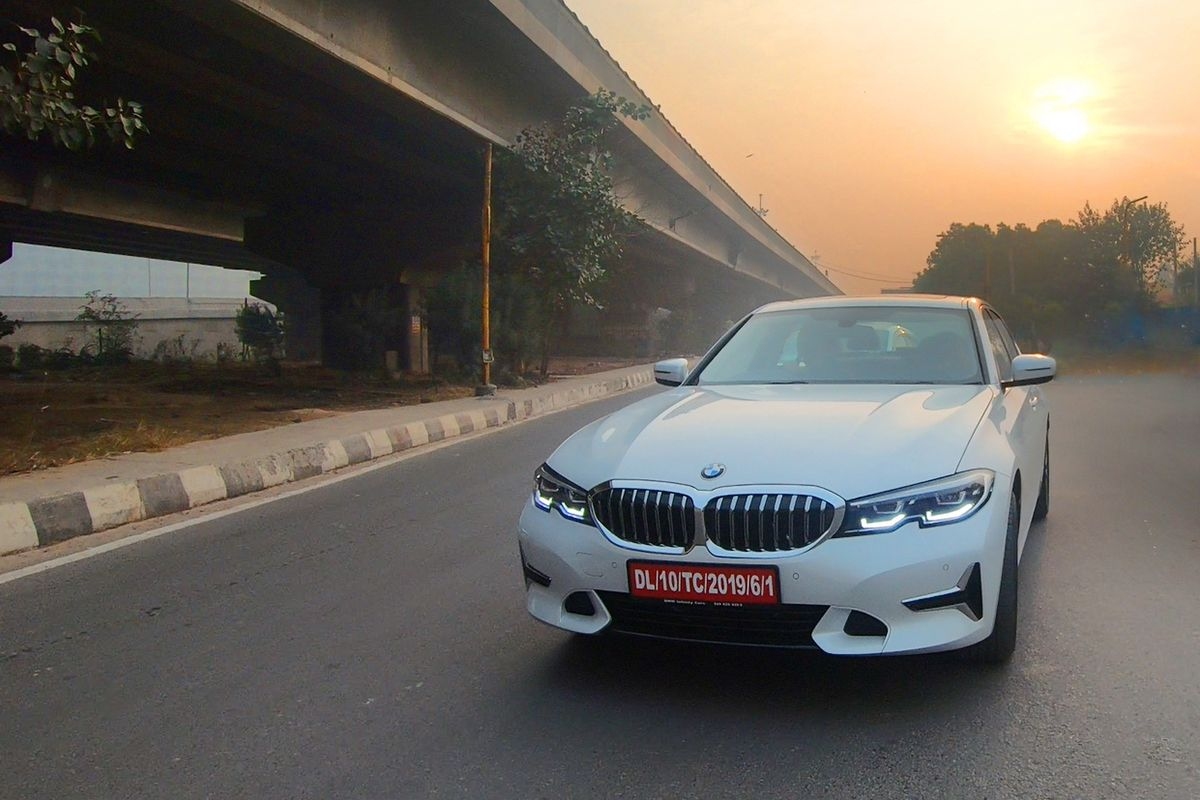
One of the best-selling models for BMW world over, the 3 Series will now offer customers that extra bit of comfort due to its extended wheelbase.
Read More
Jeep had launched the Compass way back in 2017. Since then it has been the best-selling model for the company in India. A couple of days back, Jeep India unveiled the facelifted version of Compass in the country. The SUV made its global debut in November last year.
Read More
Toyota Fortuner facelift price begins from Rs 29.98 Lakhs while the Legender variant is priced at Rs 37.58 Lakhs
Read More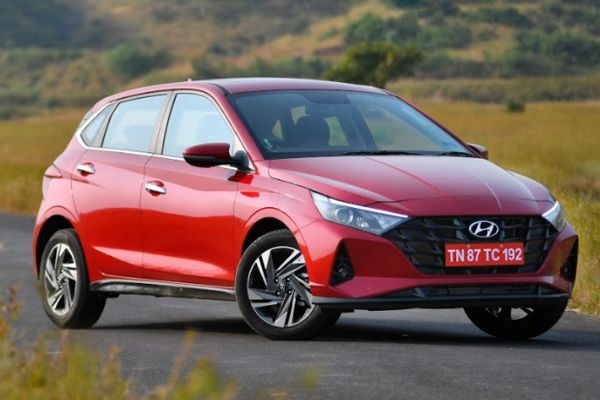
A pioneer of the premium hatchback segment, the Hyundai i20 has been given a complete makeover. Can the all-new version of the people's car prove its mettle once again, let us find out?
Read More
Check the story to find the factors that could ultimately help you to make a choice between an SUV or a sedan
Read More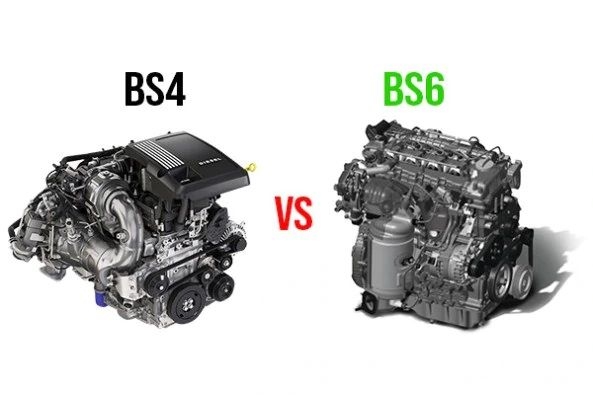
New BS6 Emission Norms apply to all major on-road vehicles categories in the country. The impact on petrol and diesel vehicles analyzed.
Read More